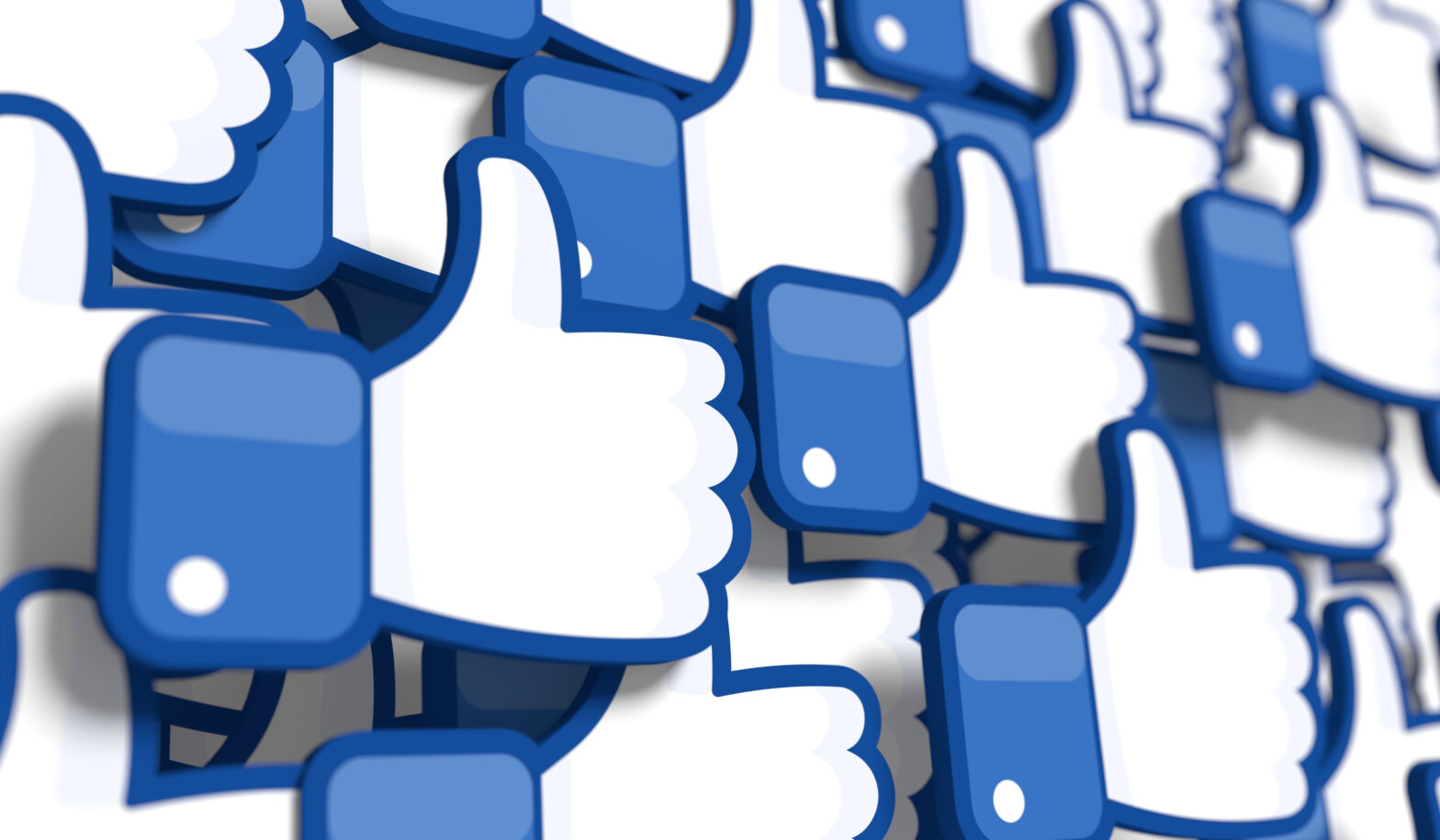User acquisition automation is on the rise in 2018. In just the past several months, Facebook has introduced a host of machine learning capabilities that automate user acquisition tasks for effective bidding, ad placements, targeting, creative and language optimisation and more.
The new solutions enable advertisers to efficiently and scalably target users more likely to make an in-app purchase, also known in the mobile apps industry as “Whales.” The top spenders that attribute the largest portion of an app’s revenue are often called “Whales”, while medium-sized and smallest spending segments are deemed “Dolphins” and “Minnows”.
>See also: Automation makes customer experience more human
Facebook’s latest acquisition tools are designed to help advertisers build lookalike audiences based on their highest value and spending user segments, and then build campaigns optimised to reach this audience. Here’s how it works:
Lookalike audiences on Facebook today
Over four years ago, Facebook launched “lookalike audiences” to help marketers reach people likely to be interested in a business based on people who have visited their site or made a purchase in the past.
To create a lookalike audience, marketers will create a Custom Audience segment, sized typically 1,000 up to 50,000 users, based on mobile device IDs, emails, phone numbers, mobile app data or Page fans. Facebook then automates finding similar “Lookalike” audiences based on network data on demographics and common interests.
>See also: Pushing the limits of automation in business processes
The new twist on this classic practice to find similar high value audiences is Facebook’s rollout of “Value-Based Lookalike Audiences”. With this enhancement, marketers can include a potential value across their entire customer list (Whales, Dolphins and Minnows), which Facebook can use to create an additional weighted signal for people most likely to make a purchase after seeing an ad. This value-based approach enables advertisers to find monetisable audiences from big to small, and sets the stage for Facebook’s new rollout of value-based auto bidding and creative placements.
Facebook’s new value-based auto bidding, placements
When marketers advertise with Facebook, they want to build campaigns that ultimately drive efficient return on their ad spend. Yet managing and optimising their campaigns previously required using proxy metrics such as clicks, impressions, and installs to gauge whether or not a campaign had driven meaningful business impact.
Recently, Facebook introduced “Value-based Optimisation” features so that marketers can focus their campaigns on the real purchase value and lifetime value of their users. Value-based optimisation works by using the actual purchase values sent to Facebook from the advertiser or through a mobile measurement partner.
>See also: 5 challenges of intelligent automation at scale
A custom audience is then dynamically built to find those high-value users and bids can be adjusted based their value. This allows Facebook to deliver ads to people with a high likelihood to achieve their financial objectives.
How DCO complements automation
Dynamic creative optimisation (DCO) creates personalised ads based on audience segments and real-time feedback at the moment of ad serving. The concept is simply — right ad, right audience, right time.
Since the creative is both more relevant and also tested and optimised, dynamic ads typically outperform their static counterparts. DCO also works really well in conjunction with Facebook’s Value-Based Lookalike Audience to match the right ads with the highest value users for marketers. Further, DCO offers both creatives at scale as well as testing with endless experimentation, all without human intervention required to drive continuous testing and optimisation.
>See also: 2018 will be the year of automation in enterprise
Why take advantage of automation?
Automation brings tremendous benefits for marketers. Instead of spending time and overhead on tasks such as managing bids and optimising creatives, marketers can spend more time focused on strategy and creative concepts.
Facebook’s newest automation tools will allow you to get more value from your acquisition program with fewer resources. It’s time to start experimenting with automation in your acquisition campaigns.
Sourced by Brian Bowman, CEO of Consumer Acquisition







